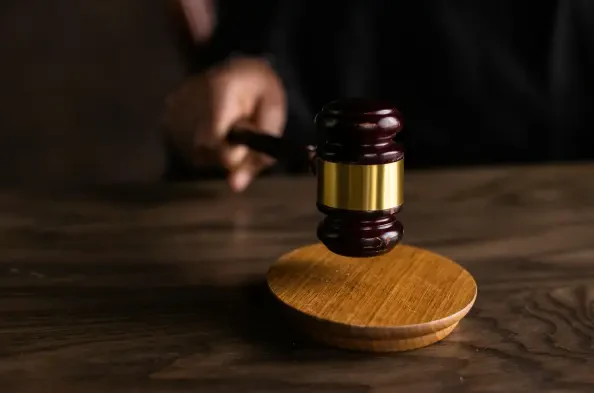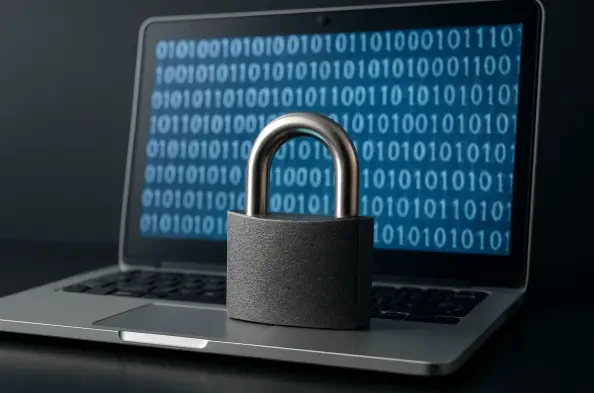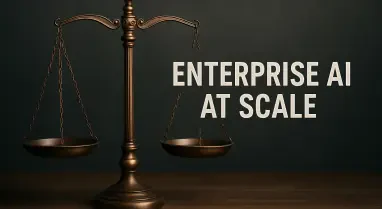Introduction
Welcome to an insightful conversation with Vernon Yai, a renowned data protection expert whose work in privacy protection and data governance has shaped innovative approaches to safeguarding sensitive information. With a focus on risk management and cutting-edge detection and prevention techniques, Vernon brings a wealth of knowledge to the evolving challenges of e-discovery and legal technology. In this interview, we dive into the complexities of presenting novel data sources in court, exploring topics such as the authenticity of digital evidence, the importance of context in understanding online content, and the practical hurdles of formatting modern data for a traditional courtroom setting. Join us as we unpack these critical issues and gain expert insights into navigating the digital frontier of legal evidence.
Can you explain what you mean by ‘novel data sources’ in the context of legal evidence, and how they differ from traditional forms of proof?
Novel data sources refer to the types of digital content that have emerged with the rise of technology and social media, things like TikTok videos, chatbot transcripts, or Discord chats. Unlike traditional evidence such as paper documents or live testimony, which have well-established protocols for authentication and presentation, these digital sources often come with unique challenges. They’re dynamic, sometimes ephemeral, and lack the straightforward context or physical permanence of a handwritten letter or sworn statement. For instance, a Snapchat video might disappear in seconds, and even if captured, it often lacks metadata to prove its origin. This makes it harder to fit into the courtroom’s traditional framework, which wasn’t built for such fluid, tech-driven content.
Why do you think the legal system struggles to adapt to digital evidence like social media posts or AI-generated content?
The legal system is rooted in traditions and rules that were designed for a pre-digital era, like the Federal Rules of Evidence, which emphasize tangible proof and direct witness accounts. Digital evidence, on the other hand, is often intangible or transient, and its authenticity can be questioned in ways paper evidence rarely is. Courts and juries may not be familiar with how platforms work or how data is generated, like understanding an AI chatbot’s output versus a human’s message. I’ve seen cases where judges hesitate to admit digital content because the rules for authentication feel murky, or juries misinterpret intent because they don’t grasp online culture. It’s a steep learning curve, and the system hasn’t fully caught up with the pace of technological change.
How does metadata play a crucial role in proving the authenticity of digital evidence in court?
Metadata is often the backbone of establishing that a piece of digital evidence is real and hasn’t been tampered with. It includes details like timestamps, IP addresses, or account information that can tie content to a specific person, time, or location. Without it, you’re left with just a file or image that could easily be disputed as fabricated. For example, if a Snapchat video lacks a timestamp or origin data because it was screen-recorded by a third party, the opposing side can argue it’s been edited or isn’t even from the claimed source. Metadata gives you a digital fingerprint, and without that, you’re fighting an uphill battle to prove the evidence is legitimate. I always stress the need for defensible collection methods to preserve this critical information.
What are some practical strategies legal teams can use to ensure digital evidence is collected in a way that holds up under scrutiny in court?
The key is to prioritize defensible collection from the start. That means using tools that preserve metadata, hash values, and timestamps—think specialized software for forensic data capture rather than relying on manual methods. Whenever possible, legal teams should use platform-native exports, like downloading directly from a social media account, instead of screenshots, which strip away vital context and metadata. It’s also smart to engage experts early to guide the process and to negotiate stipulations with opposing counsel to avoid authenticity disputes later. I’ve found that documenting every step of the collection process creates a clear chain of custody, which can make or break a piece of evidence’s admissibility.
How do you help a jury understand the context behind something like a meme or slang in a social media post when it’s presented as evidence?
Context is everything with digital content, especially when dealing with memes or slang that might seem cryptic to someone unfamiliar with online culture. I often work with legal teams to create demonstrative exhibits that break down the meaning in a relatable way—think visual aids or simplified explanations that translate a term or image into something a jury can grasp. For instance, I’ve helped prepare materials to explain how an emoji’s meaning can shift based on trends or community usage. Without this, there’s a real risk of misinterpretation. I recall a case where a tweet was taken out of context because the jury didn’t understand it was part of a sarcastic thread, and it skewed their perception of intent. Bridging that gap is critical.
What challenges do you face when formatting digital evidence, like a disappearing Snap or a long social media timeline, for courtroom presentation, and how do you overcome them?
Formatting digital evidence for a courtroom is a logistical puzzle because you’re taking something inherently dynamic and trying to make it static and digestible. A disappearing Snap, for example, might need to be captured as a video recording or a series of printed screenshots to preserve what’s visible before it’s gone. For something like a sprawling Facebook timeline, I’ve found that reconstructing it into a chronological, annotated exhibit works well to guide a jury through the narrative. Tools like e-discovery platforms or presentation software can help organize and display this data clearly. The goal is always to balance accuracy with accessibility—juries need to follow the story without getting lost in tech jargon or endless scrolling.
Why is attributing authorship so tricky with something like a chatbot’s responses, and how do you address this in a legal setting?
Attributing authorship to a chatbot’s response is a unique challenge because, unlike a human message, it’s generated by an algorithm trained on vast datasets. There’s no single ‘author’ in the traditional sense, which can confuse courts trying to assign responsibility or intent. I often recommend bringing in third-party experts who can explain how these systems work, breaking down concepts like training data or algorithmic outputs in simple terms. In practice, I’ve seen legal teams use detailed testimony to clarify that a chatbot’s words aren’t directly attributable to a person but reflect a programmed response. It’s about educating the court to avoid assumptions based on human communication norms.
What is your forecast for how the legal system will evolve to better handle novel data sources in the coming years?
I’m optimistic that the legal system will continue to adapt, though it won’t happen overnight. We’re likely to see more formalized guidelines for digital evidence, perhaps updates to the Federal Rules of Evidence that address metadata and platform-specific nuances directly. Technology training for judges and juries will become more common, as will the use of specialized experts in trials involving novel data. I also expect a surge in tools designed specifically for legal presentation of digital content, making it easier to format and authenticate. The challenge will be balancing innovation with fairness—ensuring that as we embrace these new sources, we don’t lose sight of due process or accessibility for all parties involved. It’s an exciting time, but there’s a lot of groundwork to lay.






